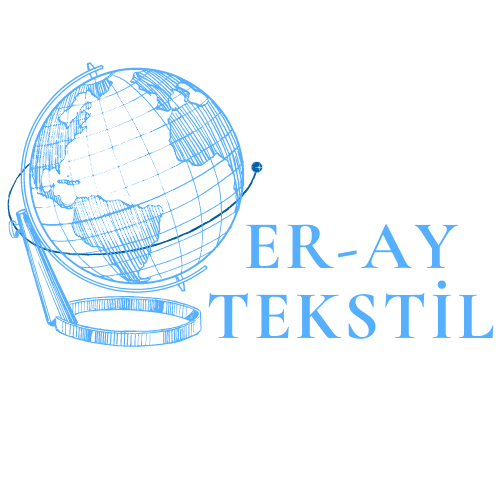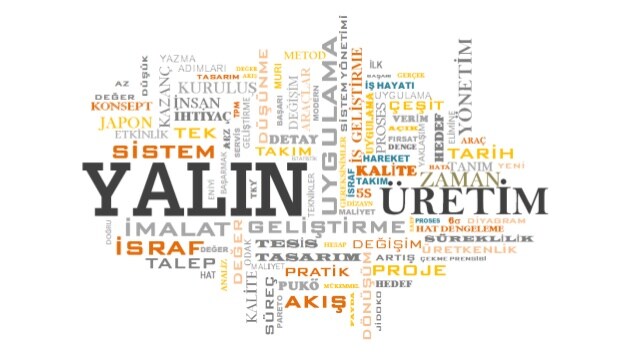Lean Manufacturing
What is Lean Manufacturing? What Are the Benefits?
Lean manufacturing increases productivity, reduces waste and increases productivity. Therefore, the benefits are very diverse:
Increased product quality
Improved productivity frees up employees and resources for innovation and quality control that would have been wasted earlier.
Improved lead times
When organizing production processes, enterprises can better respond to fluctuations in demand and other market variables, which provides less delays and better lead time.
Sustainability
Less waste and better adaptability make it a better equipped enterprise to better develop into the future.
Employee satisfaction
Employees know when their daily routine is inflated or full of unnecessary work, and it negatively affects morale. Lean production increases not only productivity, but also employee satisfaction.
Increased profits
And, of course, less waste and greater efficiency of better quality ultimately create a more profitable company.
Lean Production Overview
Lean manufacturing is a set of techniques to reduce waste in the production system without compromising productivity. The customer defines what is valuable in terms of how much they will pay for the product or service. Thanks to lean management, the value-added ratio is increased by removing or reducing everything that does not add value.
What is Lean Manufacturing? How is It Applied?
The general meaning of Yalın is that it consists of a set of tools that help identify and eliminate waste. This waste can be created due to excessive load and imbalance in workloads. Removing waste from any system improves quality and production time, while also reducing cost.
Lean Manufacturing Techniques
KAIZEN; Continuous improvement
JIT; Just-in-Time Production
VSM; Value Stream Mapping, One-piece flow and U-cell
Towing systems, FIFO and Supermarket
Kanban, Milk run, HEIJUNKA; Demand - Production Leveling
SMED; Shortening the model turnaround time
5S; Destroying problem sources
HOSHIN KANRI: Strategic Alignment
YAMAZUMI: Balancing Work and Capacity
Poka-Yoke; Anti-error devices
Jidoka; Autonomation, Visual management, Standard business
A3; Problem solving and reporting
Principles of Lean Manufacturing
Value
Value Flow
Continuous Flow
Taking
Perfect
Types of Waste in Lean Manufacturing
Waste is not a simple concept. If it is simply approached, the gain will be limited. In order for lean project management to be effective, waste is defined in three specific ways.
Mura
Waste caused by unevenness or fluctuations in demand. This may come from customer requests, but it october also be due to an organization that is adding new services, and therefore additional work.
Muri
Excessive load or waste caused by trying to do too much at once. This has to do with resource allocation. When very few people try to do a lot of work, they often spend time moving from one task to another.
Muda
Waste of non-value-added work or processes. This waste comes as a byproduct of something else. Consider three things: value, the business that instantly adds value for the customer; mandatory wastes that support activities that provide added value; and unnecessary wastes, activities that do not add value. Therefore, it maximizes the lean value, minimizes the necessary waste and completely eliminates unnecessary waste.
What is Lean Manufacturing? What are the Pros and Cons?
Like any method, the philosophy of lean manufacturing has its benefits and harms. For example, they make a mistake in focusing on tools and methodologies instead of lean philosophy and culture. They can say that it is not a holistic, but a systematic approach to project management.
For employees
The lean production system can also be damaged if the management decides to implement it without first consulting with its employees. This is wasteful as a general concept that management likes the idea of lean but can't see any success because they don't identify or understand the real problem they want to address.
Since human resource management is a lean foundation, there may be pressures from workers. If the burden of reducing costs is placed solely on your shoulders, then lean is actually not a cultural transformation in an organization, it is just working to find and eliminate waste.
The lean production system should be applied wisely. If you increase productivity and produce more products than you can sell, you will be wasteful. Therefore, you should have an agile system that is flexible enough to meet the demands of your productivity, your customers.
Lean Manufacturing Saves Time and Money
On the plus side, the most obvious advantage of the lean manufacturing system is that it provides cost savings. This applies to all enterprises, large or small, as well as to those that are outside the traditional manufacturing industry. You will find more efficient workflow, resource allocation, production and storage space.
Another acquisition in lean manufacturing is time savings. This may be a problem if you are reducing staffing or working time, but if it is implemented with a well-thought-out and balanced approach, this is a big advantage for the business. The less time it takes to finish a task, the less your workforce will be.
Lean manufacturing can also be environmentally friendly due to the fact that it saves energy and fuel costs. Investments in more energy-efficient equipment lead to savings and, in addition to improving the environment, also eliminate waste.
The main point of lean project management is to increase customer relations and customer satisfaction. This is very important for business success. A happy customer is a returning customer who will recommend your product or service and help polish your brand.

